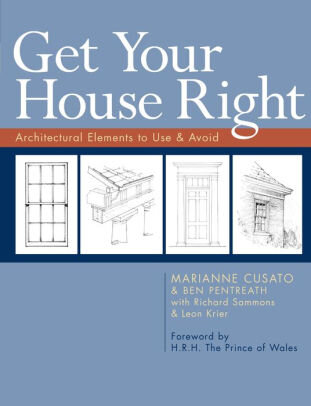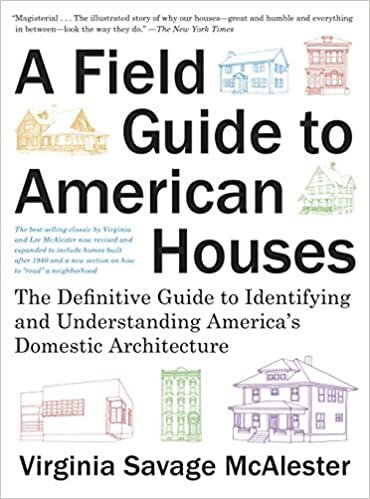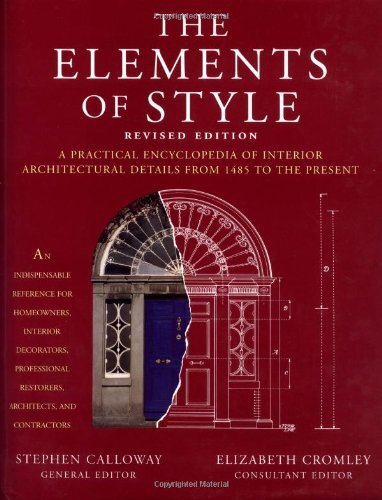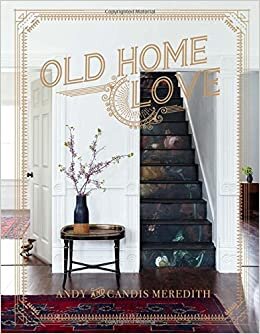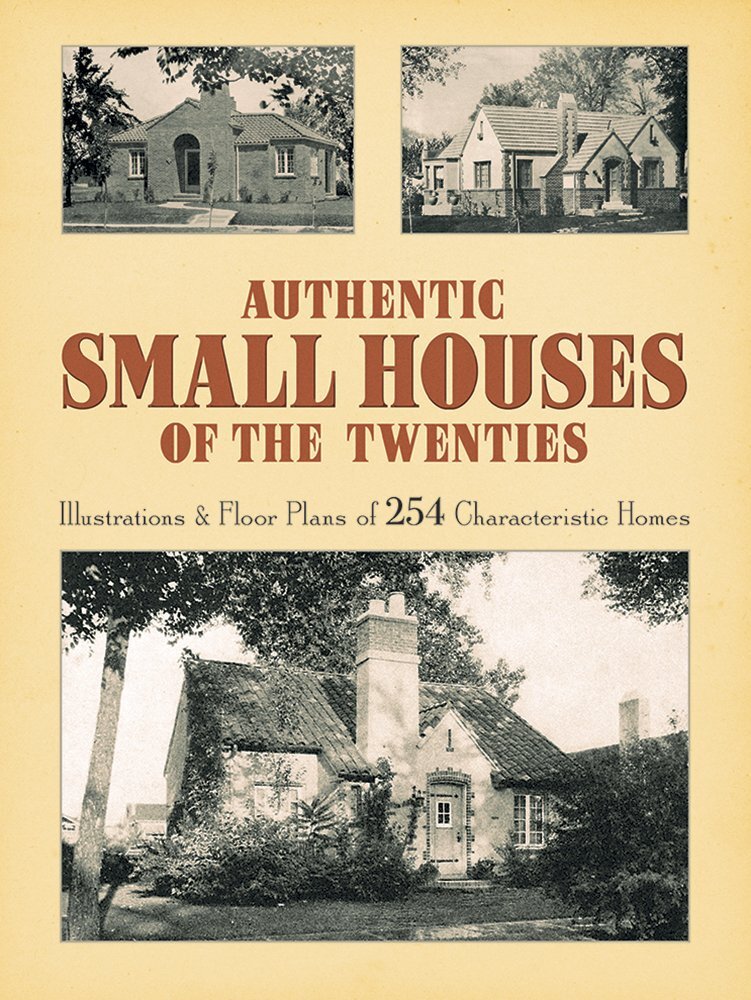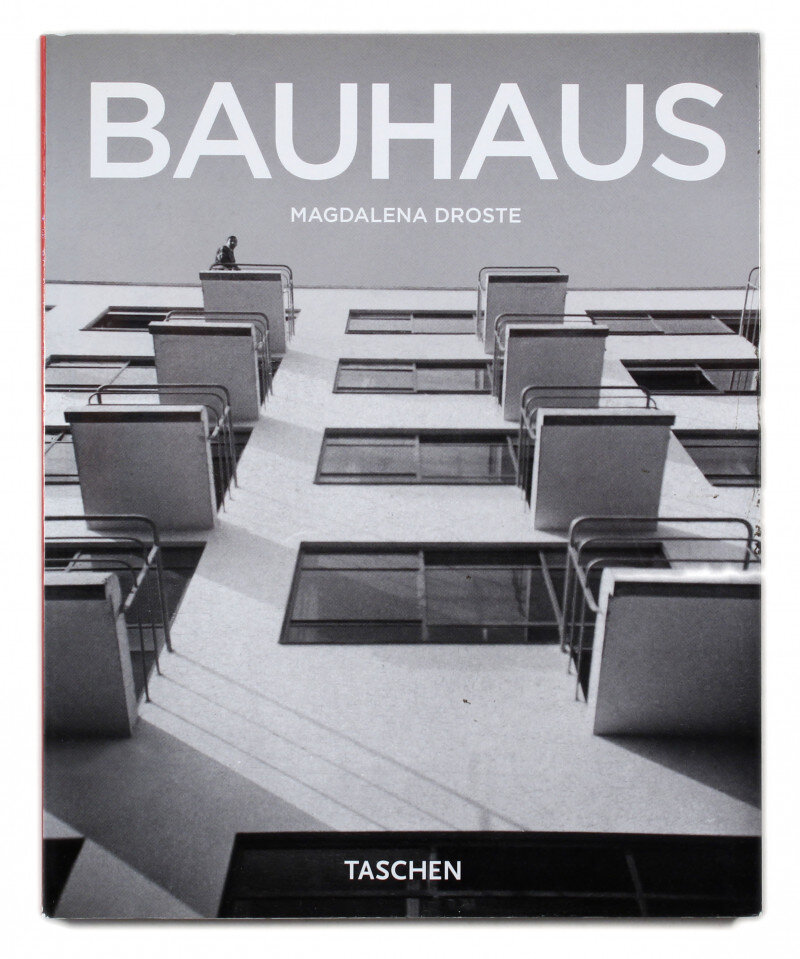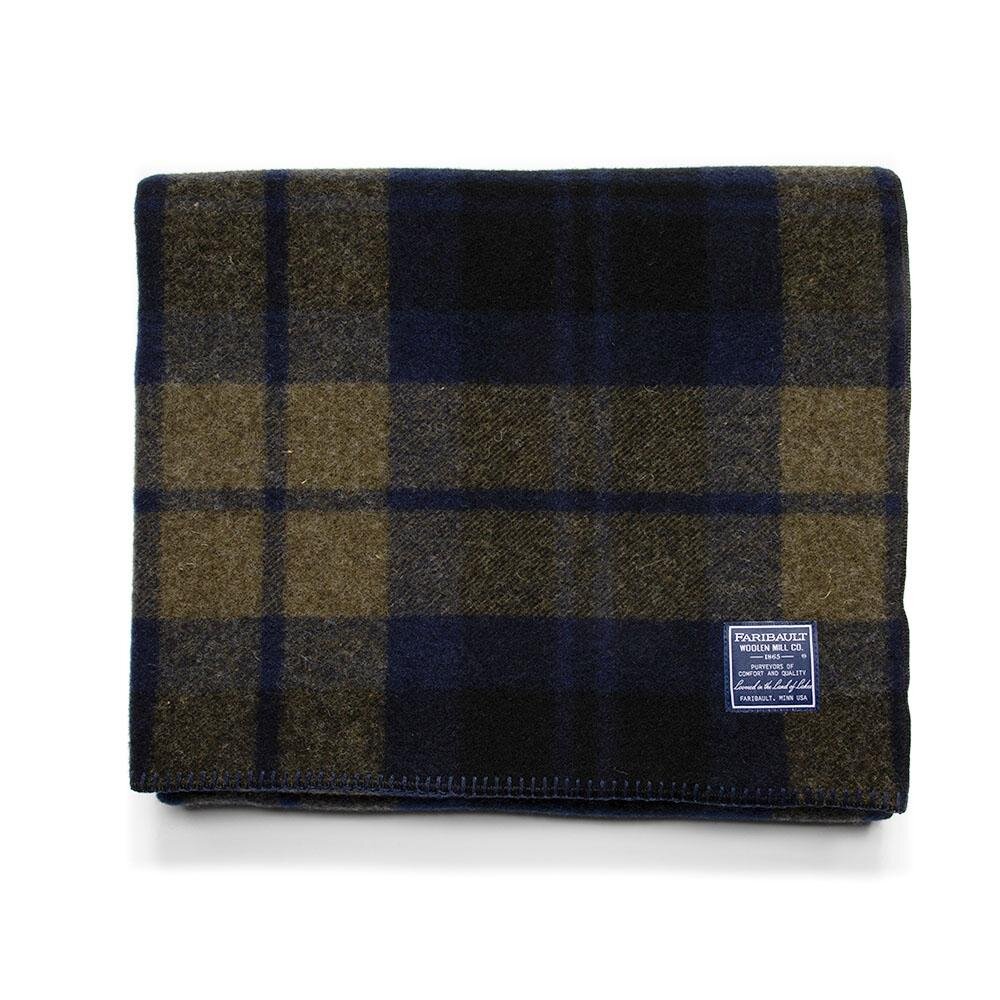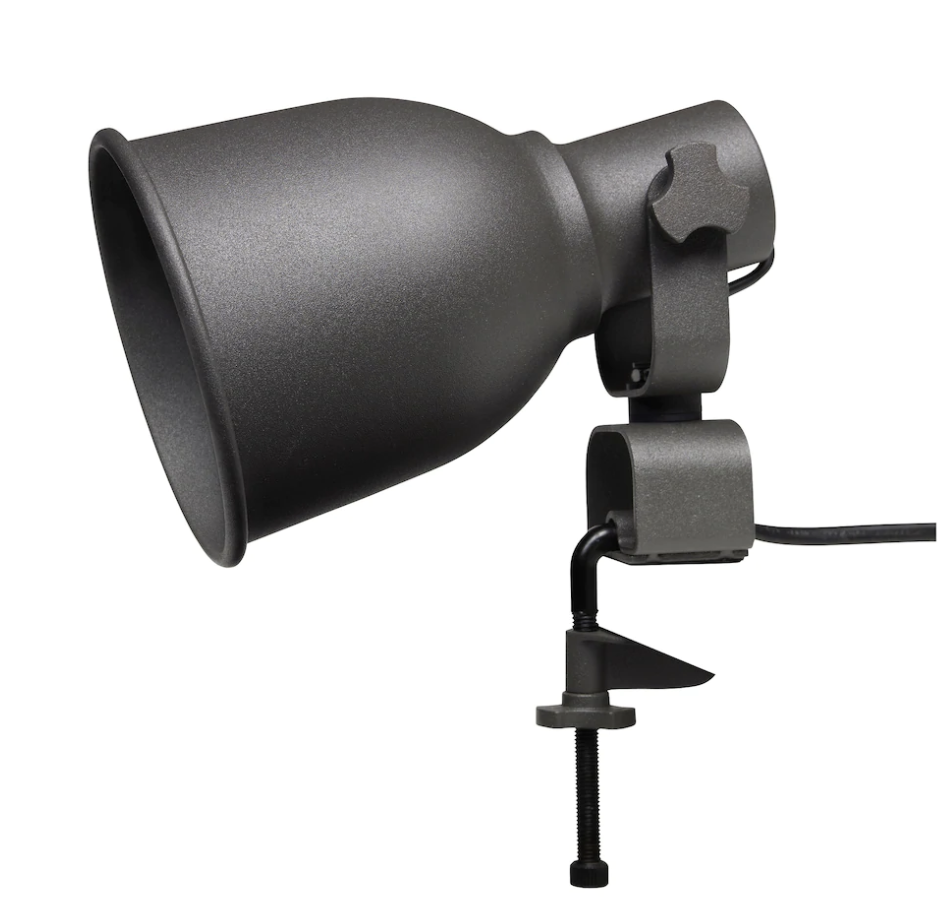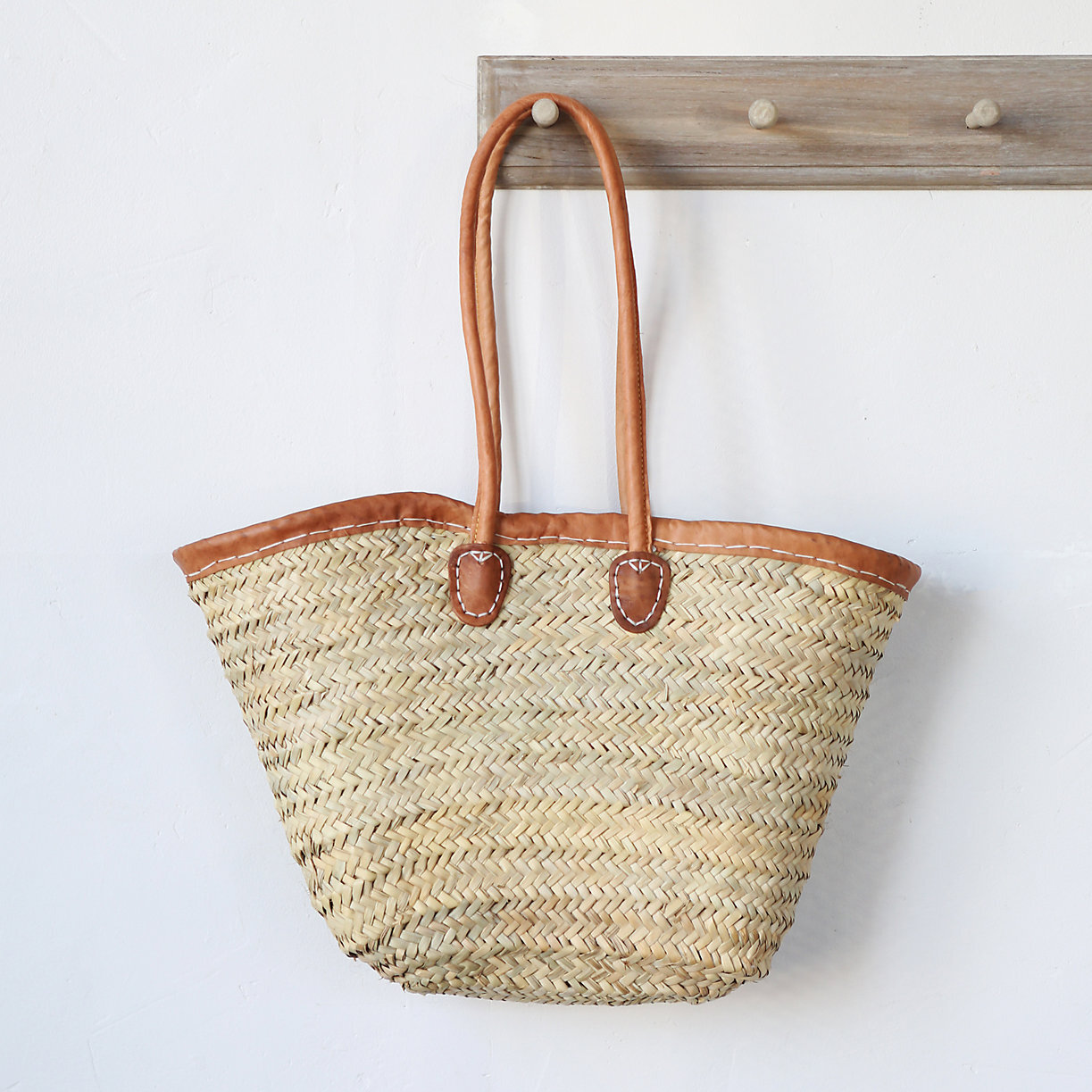Designer Spotlight - Katie Holloman
Just a quick note before we get started. This week instead of our usual Good to Know, we’re doing our first Designer Spotlight! Katie is one of our Senior Designers, and she has worked on many of our projects, including Dutch Fields, Dallas, and Spring Road.
Katie here! If there’s anything I love most in the whole wide world of interior design, it’s a good old house. When we work on new construction and remodel projects, our goal is always to be as intentional as possible, and to use materials that actually are what they look like and that make sense as part of a comprehensive architectural style (I like to say we build houses that will grow up to be historic someday). That kind of “honest” design is a big part of what makes older homes—or a newer home with an old soul—feel so special.
Villa Savoye in Poissy, France
Old houses are a big part of my origin story. I grew up in a military family, so we moved often from place to place, and in between each station were trips to my mom’s childhood home in Westfield, New Jersey—a 1911 gray-blue colonial that to this day is exactly what comes to mind when I try to picture the perfect house. I learned from my grandma that places and houses can really have a soul of their own, and to appreciate them for what (and who!) they are. (I also learned from her that even green shag carpet can be lovely if you love it enough.) Another formative influence were the elementary school field trips I took to living history sites such as Colonial Williamsburg while my family lived in Virginia. Spending time in places where the history of the structures is so well preserved is a striking experience, and the Early American/colonial style in particular is pretty deeply etched into my stylistic preferences. As a senior in high school, I did a short 6-month stay in northwestern France as an exchange student, with a 3-week stint in Poissy, just outside Paris. While in Poissy, I attended a school that was named after Le Corbusier and built after his style (the school is located on the property adjacent to the Villa Savoye, one of Le Corbusier’s most notable projects). The host family that I stayed with also shared with me their interest in modernist design. Though it went a bit over my head at the time, I think that exposure left an impression, and as an adult (and now as a designer), I’ve found myself again drawn to the idealism and clean lines of modernist design. And then there was Chrysalis Preschool, which was one of my first ever design projects, and the one that really got me hooked.
You can love an old home because of its history in your family, its notable history in your city, the inexplicable but very tangible charm of a Very Old House, the sustainability of making use of an existing structure, the sheer challenge of it, or even because it just so happens to be where you wound up. No matter what leads you there, if you live in an old house (or hope to one day), a good starting point early on is to get in touch with the architectural style of the house. Just like not all houses built in 2020 fall into the “modern farmhouse” category, not all houses built in the 1920’s were built in a craftsman style, for example.
There are a few reference books we love and recommend for identifying and becoming more familiar with common architectural styles and the materials that suit them:
When building or remodeling, we tend to lean towards really committing to an architectural style for the permanent fixtures, and leaving more room for experimentation in the furnishings. This approach keeps the design relevant, because if the details we’re adding are appropriate to the style of the home and the materials are congruent with its age, they won’t feel so obviously “2010’s-2020’s” several decades from now.
Then, when it comes to furnishing a house that has a distinct style to it, typically we’ll go one of two routes: you can lean all the way into the style of the house, or you can do a high-contrast mix of old and new. The mix can go either way—if the house has a strong traditional pull, you can use more contemporary fixtures & furnishings to create juxtaposition, or if you live in an especially modern space, you can add vintage & antique pieces to soften the sharper lines and add historical interest.
For example, Phoebe Troyer’s home (below) is a great example of leaning into the architectural style of her colonial home (which was actually built in the 1990’s, but you’d never know it!). Her home is also a great example of “honest design” and committing to a particular architectural style even though it’s new construction.
An example of traditional wood millwork made modern with contemporary lighting and furniture, from Lisa Staton Interior Design.
And from Brigette Romanek, an example of a modern space made more eclectic with more traditional oil portraits and collections alongside the more iconic mid-century designs.
In my own home (I rent an apartment in a house built in 1904), I’ve done a little bit of both. In my bedroom, there isn’t much in the way of strong architectural features, so I went more traditional with the wood furniture. I did, however, make some changes to the finishes in this space: I painted the entire apartment white when I moved in, and because the landlords were extraordinarily chill, I was also able to pull up the carpet in this room to expose and repaint the wood floors (they had been painted previously). White and black isn’t necessarily always a good fit stylistically for a historic home, but for a rental, it’s pretty fool proof (and makes my wood furniture feel less stuffy).
A before image of my apartment.
Sources for my home
We’ve also had the opportunity recently to consult with the owners of a really special historic home on Capitol Hill in Salt Lake City, which will be a particularly cool blend of traditional architecture and modern furnishings, and some fun pattern mixing to boot. It’s really going to be a good one—follow along with their progress at @altagodbehouse on Instagram! The owners have impeccable taste and we’re so glad to be along for the ride.
Resources
If you’re old-house obsessed like me, here are old house accounts to follow (in no particular order):
And a few other favorite designers & architects doing great things with old houses:
Plus, a few accounts that are more educational:
For Utah locals, Preservation Utah is a great resource as well.
These are some favorite stores and resources for vintage/antique/heirloom pieces:
George’s Architectural Salvage
The Market Beautiful when it comes through SLC each summer
Just so you know, we may collect a share of sales or other compensation from the links on this page if you decide to shop from them. 

